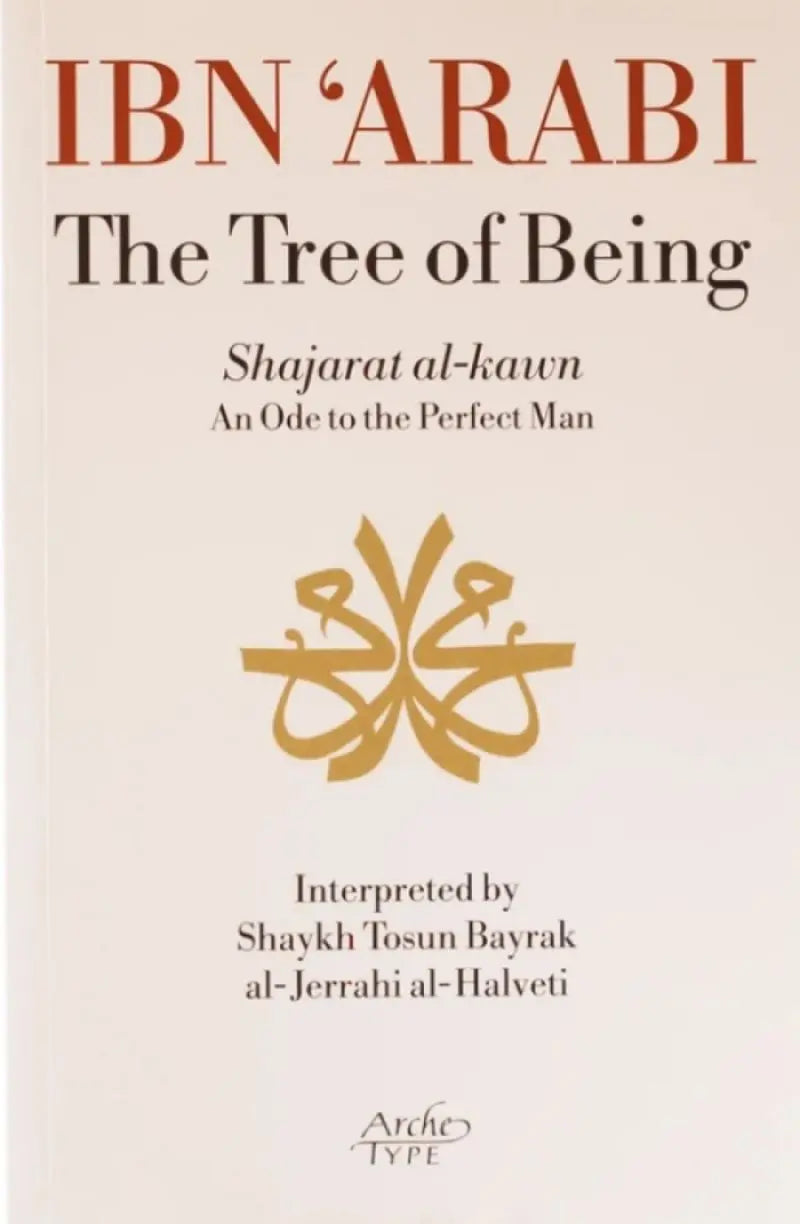About The Book
- First is the interpreter's introduction which includes a biography of Ibn Arabi and a discussion of his approach to Sufism.
- The second concerns Ibn Arabi's devotion to the Prophet Muhammad as the perfect man and gives a description of his character and actions.
- Third is a listing of the 201 names and attributes of the Prophet.
- The fourth is an interpretation of The Tree of Being a commentary on the mystical elements of the Qur'an and Islam comprising an inspired description of the cosmos and the perfect man as microcosm.
About The Author
Muhyiddin ibn Arabi (25 July 1165 – 8 November 1240) was an Arab Andalusian Sufi mystic and philosopher. He is renowned by some practitioners of Sufism as "the greatest master" and also as a genuine saint. Ibn ‘Arabī’s intellectual training began in Seville in 578 AH. Most of his teachers were the clergy of the Almohad era and some of them held the official posts of Qadir or Khatib. His spiritual mentor in Fes was Mohammed ibn Qasim al-Tamimi.
Later in 604 AH he returned to Mecca where he continued to study and write, spending his time with his friend Abū Shujā bin Rustem and family, including the beautiful Niẓām (II, 376; Hirtenstein 181). The next 4 to 5 years of Ibn ‘Arabī’s life were spent in these lands and he also kept travelling and holding the reading sessions of his works in his own presence.
About The Translator
Sheikh Tosun Bayrak al-Jerrahi al-Halveti (Istanbul: 1926) is an author, translator and Sufi. He served as a government official in Ankara, Honorary Consul of Turkey in Morocco and is the Sheikh of the Jerrahi-Halveti Order in America. He studied Biological Sciences at Robert College, Istanbul; Art, Architecture, and Art History in the Studios of Bernard Leger and Andre Lhote in Paris; Architecture at the University of California, Berkeley; and History of Art at the Courtauld Institute of Art, London. He received a Masters in Fine Arts from Rutgers University.
A retired professor of art and art history from Fairleigh Dickinson University, New Jersey, he has exhibited widely in the United States and is also a Guggenheim fellow. He retired from the art world in the 1970s and devoted his life to the study and teaching of Islam and Sufism. In 1970 Bayrak met Muzaffer Ozak Ashki al-Jerrahi who became his teacher. Bayrak is now a Sheikh of the Helveti-Jerrahi order residing near the Jerrahi Order of America mosque in Spring Valley, New York. He has been spiritual guide of the Jerrahi Order of the Americas, (the primary Western branch of the Halveti-Jerrahi Order of Dervishes) since 1977. Sheikh Tosun Bayrak has translated dozens of books on Islamic spirituality, but he is particularly known for his efforts on the works of the Sufi mystic Ibn Arabi.
His translations of classic works of Sufism include: Shaykh Abdul Qadir Al-Jilani's Secret of Secrets (Islamic Texts Society, 1992), Inspirations (Threshold Books), The Way of Sufi Chivalry (Inner Traditions, 1991), Suhrawardi: The Shape of Light (Fons Vitae, 1998), The Name and the Named: Divine Attributes of God (Fons Vitae, 2000), and Imam Birgivi: The Path of Muhammad (World Wisdom, 2005).
show more


